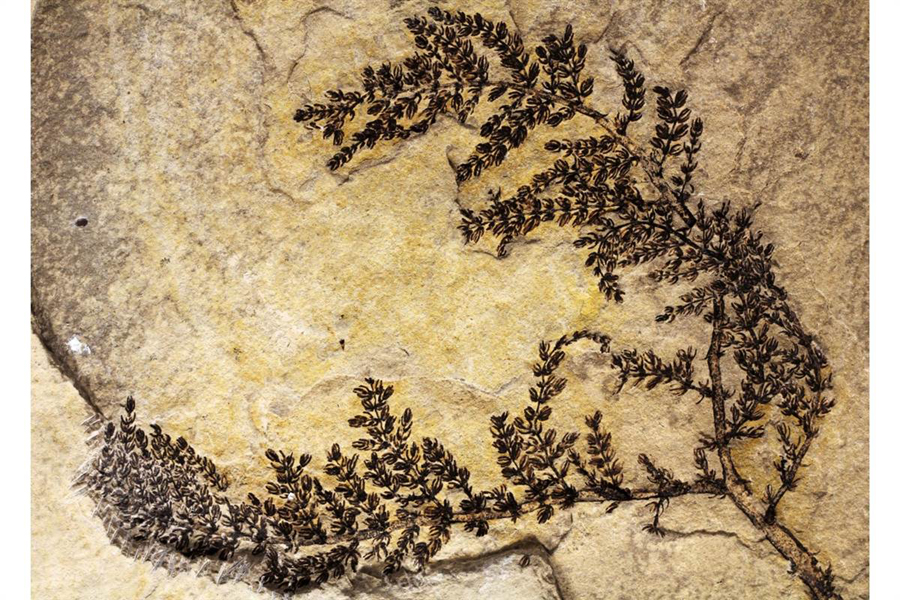-
Tips for becoming a good boxer - November 6, 2020
-
7 expert tips for making your hens night a memorable one - November 6, 2020
-
5 reasons to host your Christmas party on a cruise boat - November 6, 2020
-
What to do when you’re charged with a crime - November 6, 2020
-
Should you get one or multiple dogs? Here’s all you need to know - November 3, 2020
-
A Guide: How to Build Your Very Own Magic Mirror - February 14, 2019
-
Our Top Inspirational Baseball Stars - November 24, 2018
-
Five Tech Tools That Will Help You Turn Your Blog into a Business - November 24, 2018
-
How to Indulge on Vacation without Expanding Your Waist - November 9, 2018
-
5 Strategies for Businesses to Appeal to Today’s Increasingly Mobile-Crazed Customers - November 9, 2018
Is ancient flower the world’s first?
The reason the paleobotanists are describing Montsechia vidalii as one of the earliest flowering plants on Earth – if not the first ever – is because, to biologists, all plants that deliver their seeds inside fruits count as flowering ones. Based on fossil evidence, the researchers suspect the plant was a dominant species in these bodies of water.
Advertisement
In other words, it’s hard to call anything the “first flower” because that would mean drawing a solid line between what we now call flowers and the plants they evolved from.
What could be Earth’s first-ever flower has been discovered by scientists in Spain, who identified an aquatic flowering freshwater plant that lived up to 130 million years ago.
“The “first flower” is a bit of a poetic concept, but that aside, we do believe this is the oldest we have discovered so far”, says David Dilcher at Indiana University, who led the analysis. The plant is 125 million to 130 million years old, which makes it the contemporary of dinosaurs.
The aquatic plant, Montsechia vidalii, once grew abundantly in freshwater lakes in what are now mountainous regions in Spain.
“Lower Cretaceous aquatic angiosperms, such as Archaefructus and Montsechia, open the possibility that aquatic plants were locally common at a very early stage of angiosperm evolution and that aquatic habitats may have played a major role in the diversification of some early angiosperm lineages”, the study authors wrote.
According to Donald H. Les, professor of evolutionary biology at the University of Connecticut, the proper investigation and reinterpretation after 100 years worth of research offers an entirely new perspective on solving an ancient mystery surrounding plant life. A mixture of nitric acid and potassium chlorate was also used to unveil the shape of the plant’s cuticles.
Examination of the specimens was conducted under a stereomicroscope, light microscope, and scanning electron microscope.
Dilcher said the seed “is borne upside down”.
This careful examination was particularly important to Montsechia since most modern observers might not even recognize the fossil as a flowering plant. The scientists are now looking to understand more about the species connecting Montsechia and Ceratophyllum and delve deeper into when other species.
“Montsechia possesses no obvious “flower parts”, such as petals or nectar producing structure for attracting insects, and lives out its entire life cycle under water”.
Monsechia vidalii is considered to be the oldest plant that bore the resemblance of “flower”, or angiosperm, due to the fact that it produced seeds within an enclosed carpel.
In terms of appearance, Dilcher says, Montsechia resembles its most modern descendent, identified in the study as Ceratophyllum.
Advertisement
Dilcher, an expert on angiosperm anatomy and morphology, said.




























